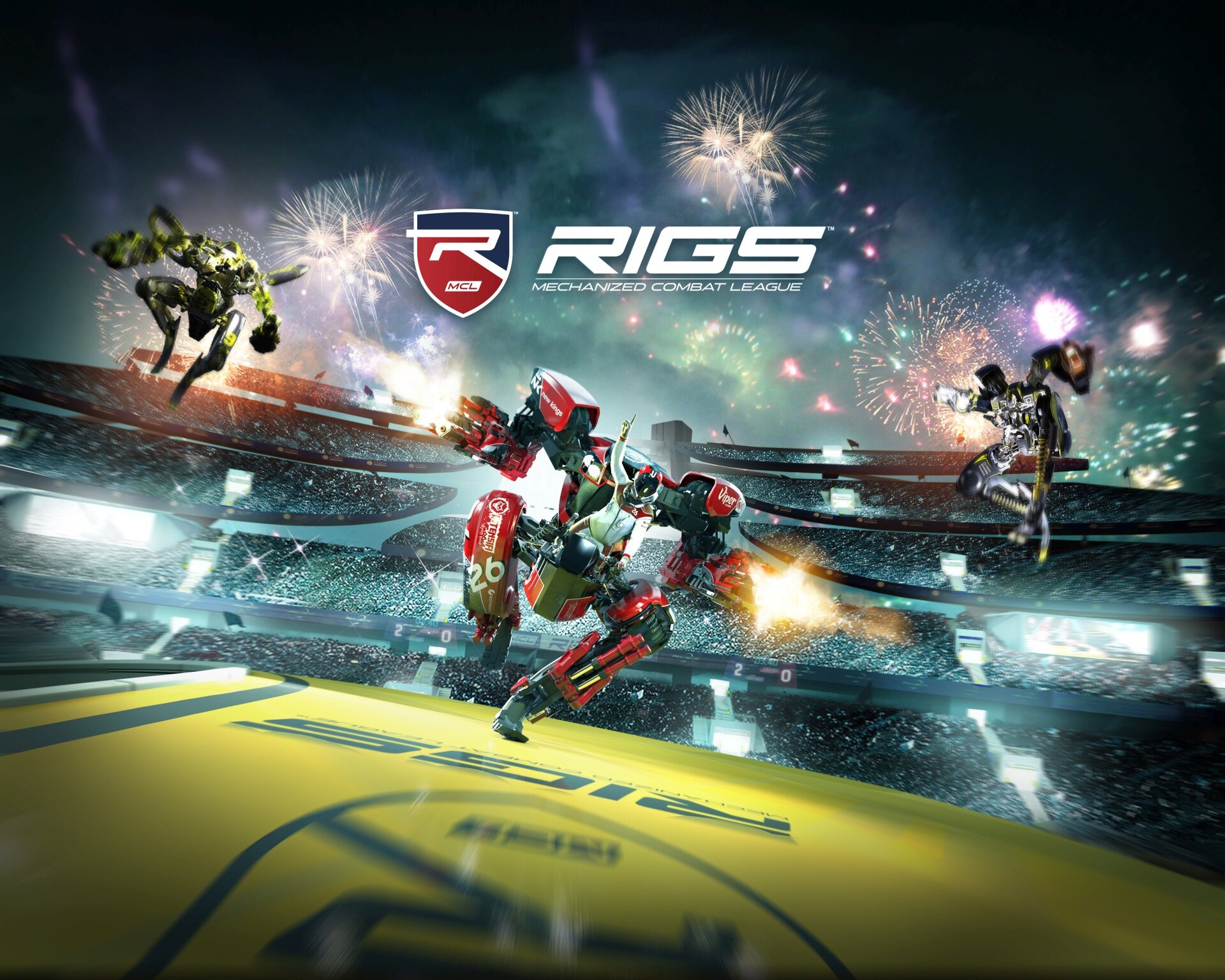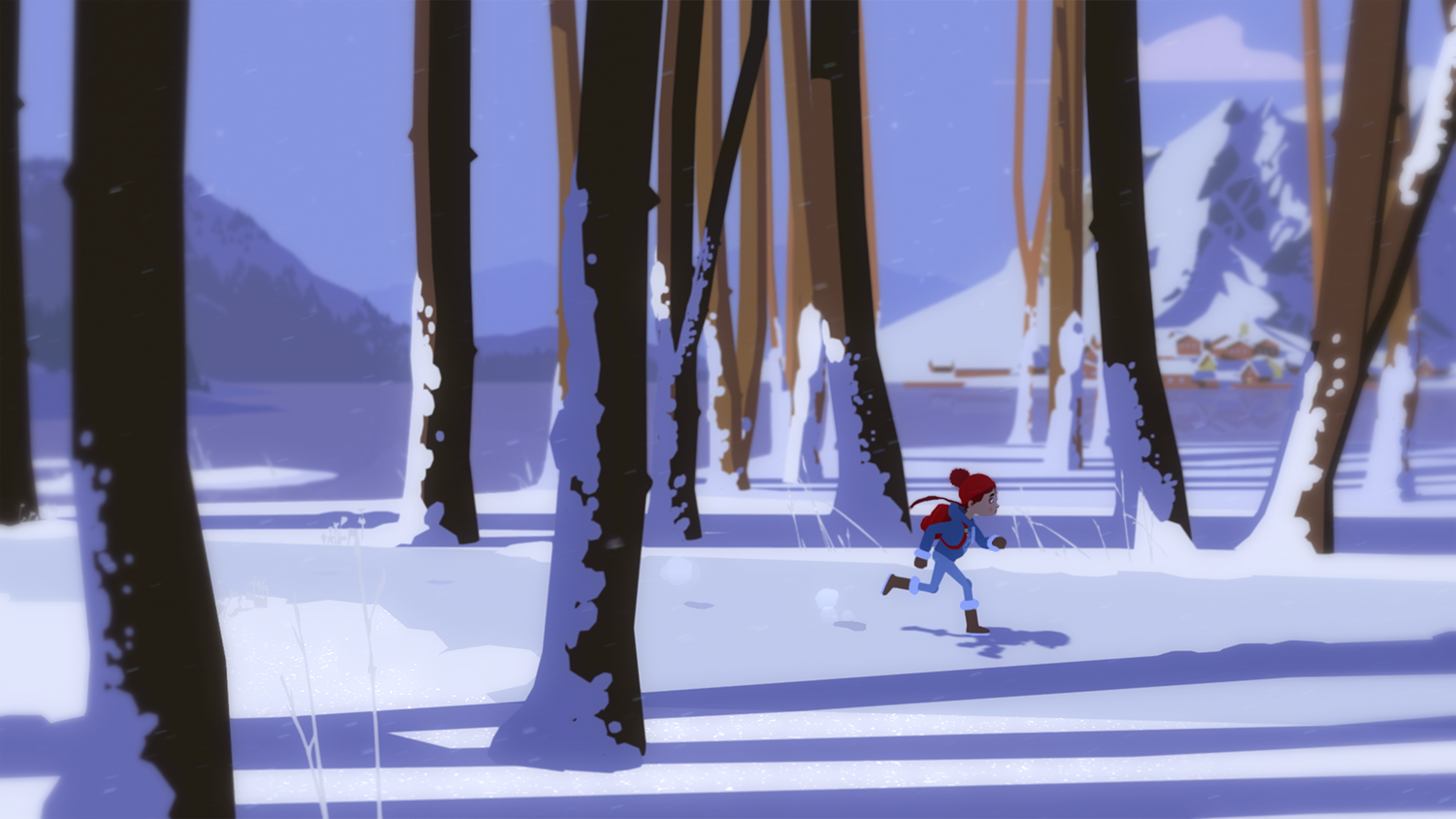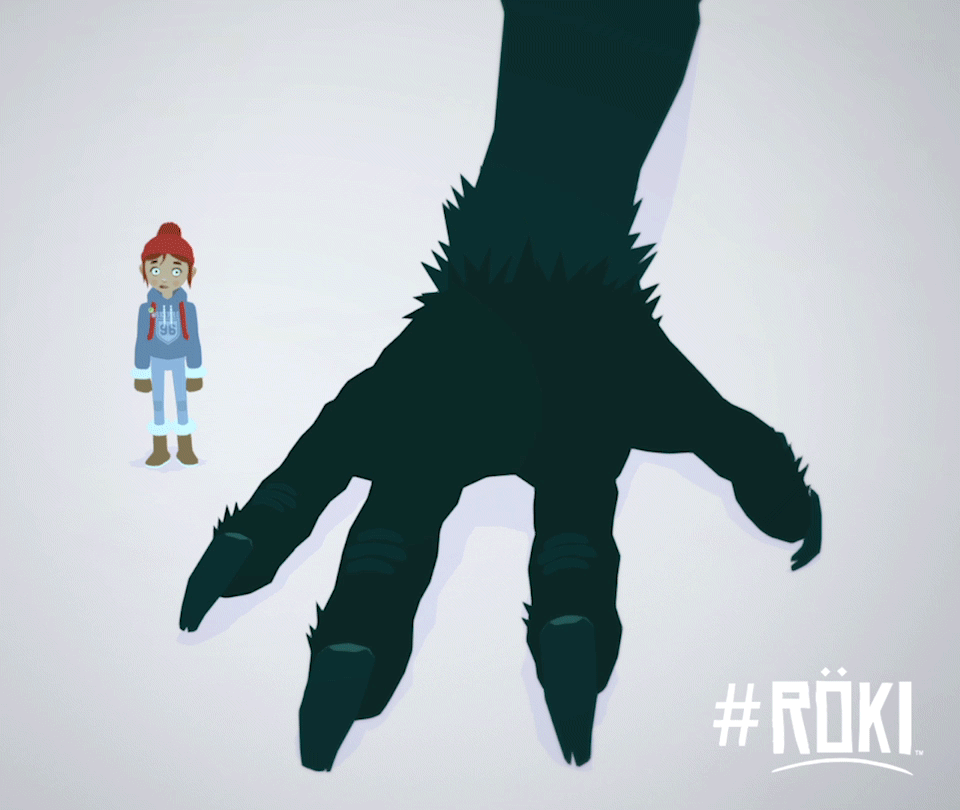Preview | How The Moomins and Finnish Folklore Inspired Röki
I invite you to cast your mind back to the beginning of January 2017. We’re blissfully unaware that the most awkward mishap in Oscars history is about to happen, Trump is about to be inaugurated as US President and in Cambridge, Alex Kanaris-Sotiriou is working at the local branch for Guerrilla Games, along with a Bournemouth University coursemate in Tom Jones. When I interviewed him over Zoom in a messy room I was in the process of moving out of in 2020, he recalled meeting Jones and how they started at Guerrilla Cambridge.
RIGS: Combat League was the last game Guerrilla Cambridge led development on. Which is a shame considering once PSVR built up some steam 2 years later Firewall: Zero Hour basically became a required pick up.
They both studied at Bournemouth University in the early 2000s, “It was basically a 3D art course but also a quite good technical grounding for scripting and programming and that kind of thing… but we met there and then in the final year… Sony Cambridge came to set up our final year project. So it was like an industry brief and the brief was to create a Playstation 2 spec character and so we leapt at the chance to go for that brief and then when we graduated, we pretty much both started [working at Guerrilla] around the same time, me working on characters and animation, Tom working on environment stuff.”
They worked together to varying degrees, depending on what they were working on. But that all changed in January of 2017 when Sony announced they would be closing Guerrilla Cambridge with “regrettable” redundancies for the employees. For Kanaris-Sotiriou, it was of course “a sad time” for himself and many others. Whilst he and Jones mulled over opportunities at other AAA studios, the appeal of going indie was too hard to ignore. As Kanaris-Sotiriou explains:
“It was the kick up the arse to try something for ourselves and see if we could take all the lessons we'd had from our 14 years at Sony and Guerrilla into something new and different that was more personal I guess.” He reflected that, “We'd been working on some big franchises and Sony IP since university…and when you're working at a big studio and you're making a game that's of a certain budget, it probably has to tick some boxes, so you can't do something that's too kooky or odd. So, we quite liked the idea of doing something that was kooky or odd.” What they have come up with is definitely something kooky and odd. Röki is the first game of AKS and Jones’ new indie studio Polygon Treehouse. The resulting game comes from an ambition to create something non-violent (a stark shift considering their work on the Killzone franchise), accessible and alluring.
Into the Woods…
Of course, one does not simply develop a video game and even though Jones and Kanaris-Sotiriou are well versed in art and design, there were other aspects of founding and operating a studio both had to grapple with. “[When it came to] the funding and the publishing side of things, we just hardly knew anything about [getting a game made], it was quite disconcerting, I think what we did to start off with was, we picked people's brains. We sent people e-mails we knew who had gone indie and everyone was very generous with their time whether it was like a development perspective or the business side or the marketing side, we had a couple-of-week period where we'd go down to London or meet up with people in Cambridge and just pick their brains.”
“We’re making a team!”
Luckily for Kanaris-Sotiriou and Jones, they were able to secure their financial needs with a helping hand from the UK Games Fund and publisher United Label. Kanaris-Sotiriou explains this was exciting as United Label was “a relatively new label, we liked the idea of both of us starting our adventure together”. For a small team like Polygon Treehouse collaborators like these can be crucial, “one of the things that has been amazing is access to their QA team who have been great and so for us, as a small team of developers, to have a QA team as a resource we can fire off builds to, and they can be finding bugs for us and then we can be fixing them up, that's just been really good.”
Now with a publisher and funding, the groundwork was in place for the kooky creation. All they needed was a development team. Whilst they were able to rope in some former Sony work partners, they still needed more people. Luckily, tools such as the BAFTA Games Crew, allowing industry talent to network and meet, pointed them to their sound designer Ali Tocher. But the game also needed a soundtrack and score and then the team found Aether AKA Jason Taylor. ”When the first trailer came out we have some off-the-shelf library music we'd bought but the trailer went down quite well and attracted a whole host of composers who wanted to work on the game which was great…[Aether] does lots of ambient electronic music ...[and] in the same way as with the art style, we wanted the soundscape of the game to feel quite unique and maybe not what you'd expect.”
Now that there was a team, it was time to get creating.
The resulting creation is Röki, an adventure game in which you play as Tove, a young girl travelling into a mysterious forest to save her family, encountering intriguing creatures and exploring the woods along the way. A demo at EGX 2019 had you playing through a section where you helped a snow golem under a bridge with a dagger embedded in it. So what inspired this? A few things. Firstly, consider 90s point-and-click games.
As Kanaris-Sotiriou explains “I think one of our key briefs at the start was we wanted to make our own take on a modern adventure game. So, very much taking inspiration from Monkey Island, Day of the Tentacle and those games we enjoyed growing up, but updating them, putting our spin on them for players today.” That spin includes reducing some of the more frustrating aspects of the 90’s point-and-click, including streamlining the UI, removing cumbersome dialogue trees and pixel-hunting puzzles (think Full Throttle), making the gameplay more observatory without unnecessary barriers blocking the experience and making it much easier to buy into the world.
This fella really does look like someone Manny would meet making his way through hell.
The second inspiration was Scandinavian folklore. Of course, most products that do this are routed in Norse mythology. Merely looking to the raft of releases in AAA development displays this. But for Röki, the team looked further afield. “The folklore was more like the creepy creatures from the lakes and the forests and the caves and when we were reading those [stories] they felt so odd and strange and beguiling that they were the ones that really attracted our attention”.
Some of Kanaris-Sotiriou’s examples of alluring mystical creatures include Tomtes, the spirits that inhabit buildings and maintain them, and the Yule Cat, a feline that stalks around during the holidays eating people who don’t receive new clothes. Scary times for the people of Iceland. All these creatures came from many sources, from recent Neil Gaiman texts to a Finnish epic poem known as the Kalevala compiled by Elias Lönnrot. Thus, the game is packed with all sorts of creatures based on the aforementioned culture, both modernised and classic. Even a convention trip to Dreamhack in Jönköping, Sweden drew the team to the artwork of John Bauer, a local artist famous for his folklore artwork.
Fun fact: Moomins are very good.
(For proof see above)
But one of the more important inspirations is a particular cartoon and comic strip in The Moomins, created by Tove Jansson (of which protagonist Tove gets her name). Kanaris-Sotiriou explained, “I think the key [inspiration] tonally was Moomins… we remembered an episode of The Moomins cartoon when we were growing up that had this character... called the Groke and this character freezes anything they come near. It's very slow and ominously progresses towards this town freezing everything and everyone in its path, but it turns out its just lonely and wants a friend. It has a thing of being kind of creepy, but also quite sad and tragic and you end up really feeling for this monster.” As a result, a lot of your time in Röki is spent meeting monstrous beings, like the golem mentioned in the EGX. However, whilst the game has you fighting to save your family, the devs were keen to balance this foreboding world with an inviting atmosphere.
Not too harrowing. NOT TOO HARROWING. NOT T-
Kanaris-Sotiriou talked about achieving this balance. “The story itself has some challenging themes, it starts off and you're taking care of your brother Lars” as Tove, as they have a bit of an absentee father. Soon the game becomes “this story of you going into the wilderness to save your brother from this monster, [but] it’s also the story of the reforming of this slightly broken family”. But Polygon Treehouse didn’t want to make the game unwelcoming by any means, “given you're going to spend a lot of time running around this forest, we wanted it to be an inviting place to be and pack it full of atmosphere… You spend a lot of time there, so we wanted it to have a strong sense of place and to be a forest that people feel like they want to be drawn back to”. They didn’t want the world to be too harrowing.
Because of this desire that Kanaris-Sotiriou was keen to give Röki simple and yet charming gameplay loop and feel. The forest is peaceful as wind passes through. Snow blankets the ground all around you. The gameplay is full of searching and exploration. On top of that, a gorgeous art-style makes everything easy on the eye.
On top of all of this, controls are very accessible. That accessibility and universality is something Kanaris-Sotiriou is proud of. “The game itself, the bones of it are relatively simple and we've tried to keep it very simple in what we're showing to players. From our time at Sony we are aware of issues of people who are colour blind”, so they have been careful to design around things like not making colour part of the challenge. “We have really gone to town to make sure the core experience feels really nice, tactile and easy to pick up and play for anyone.”
What we now have, as a result of all this inspiration and desire for accessibility is looking to be an impressive debut for Polygon Treehouse and one of the most relaxing adventures of the year in a year where they are so very much appreciated. You’ll be able to explore this ever more intriguing world when it comes to Steam on July 23rd.








![Here's a Rundown of Everything at Ubisoft Forward [12/07/2020]](https://images.squarespace-cdn.com/content/v1/5caf2dea93a63238c9069ba4/1594587914417-P4XWJ68B8C405KXU548K/Far-Cry-6-1-scaled.jpgfit19201079ssl1.jpeg)



